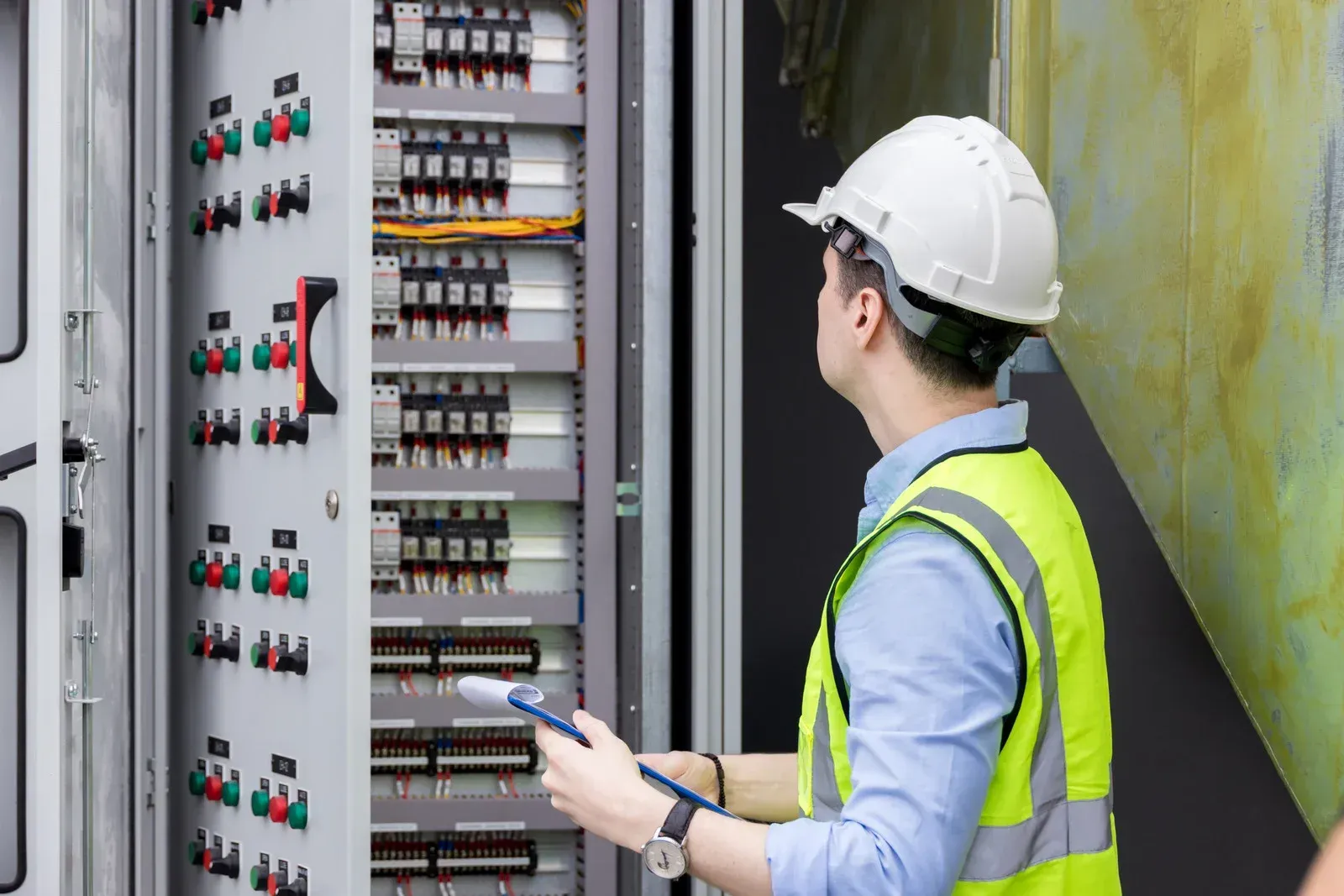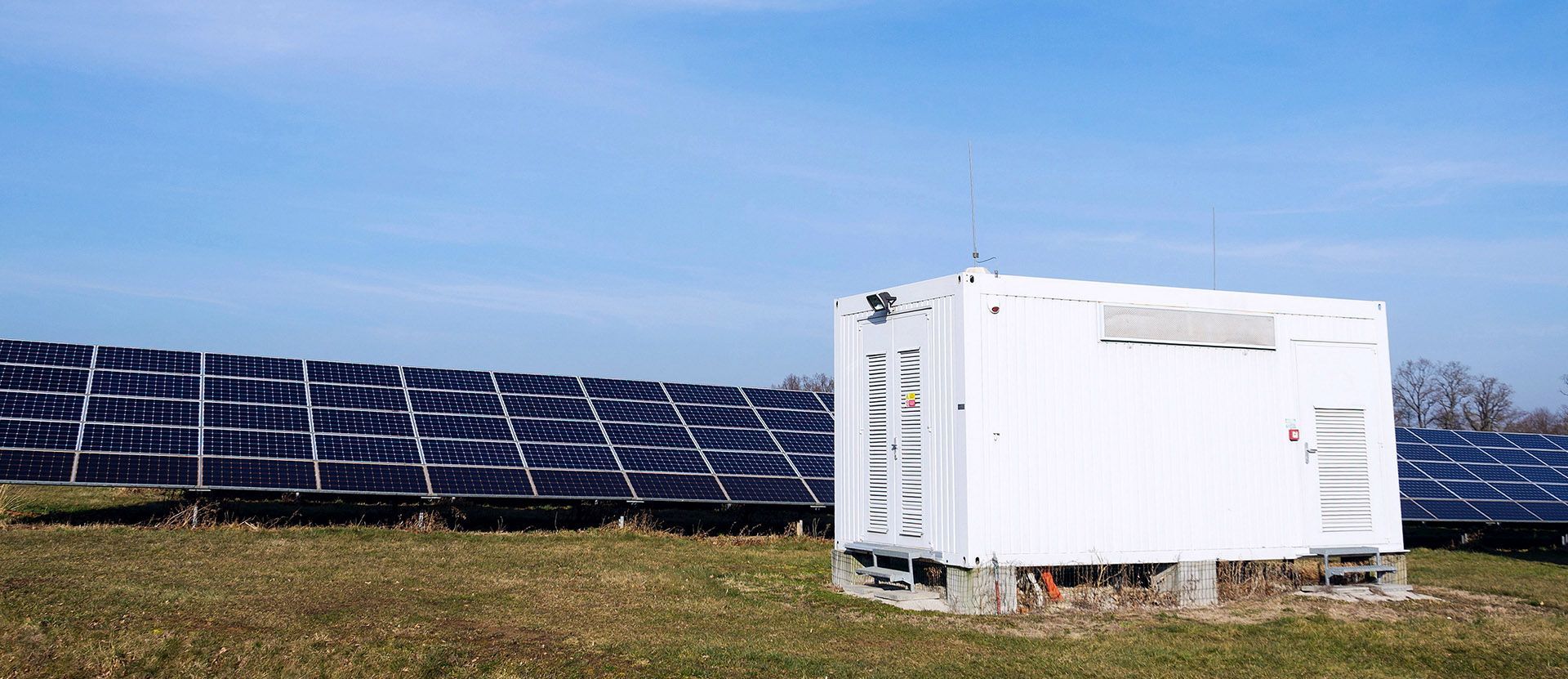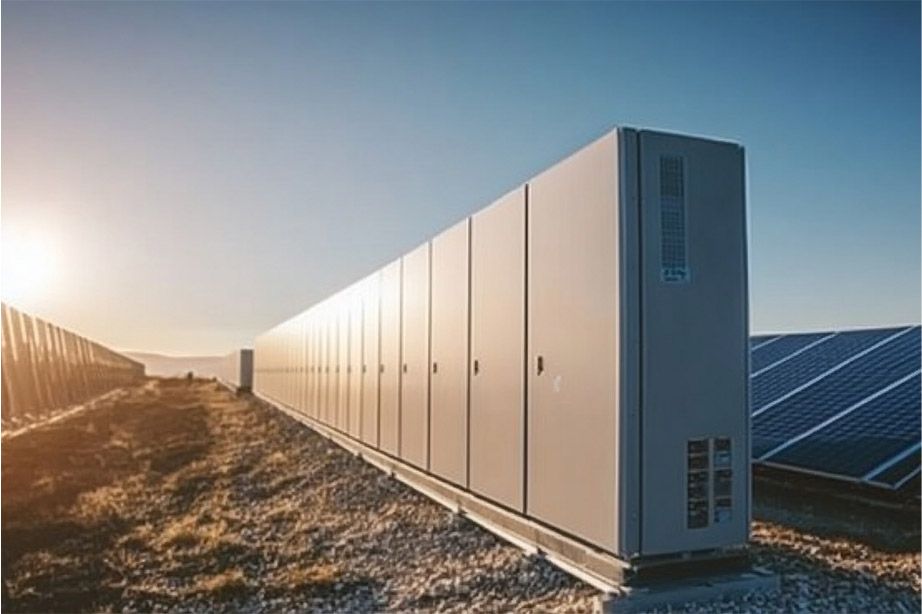9 Things to Know About Battery Degradation (and How to Manage It)
Battery degradation is inevitable — but that doesn’t mean it has to catch you off guard. Whether you’re operating a utility-scale BESS or managing a portfolio of assets, understanding how and why batteries degrade can help you protect performance, avoid unexpected downtime, and extend system life. Here are 9 key insights to help you stay in control.
1. Degradation Starts at the Factory and Even When Not In Use
Battery aging begins the moment a cell is made — even before it leaves the factory. This is called calendar aging. Smart storage and inventory management are critical so it won’t contribute to degradation.
2. It’s Not Just About How Many Cycles — It’s How You Cycle
Fast charging, deep discharges, and full-to-empty cycling stress the battery. Limiting the depth of discharge (DoD) and avoiding extremes helps slow degradation.
3. Not All Modules Age at the Same Time
Some degrade faster than others, even in the same rack. This creates voltage imbalances that reduce overall performance — unless managed properly.
4. Old Batteries Can Drag Down New Ones
In mixed-vintage systems, degraded modules can limit newer ones unless you isolate them with tools like DC-DC converters or DC shuffling strategies.
5. Smart Augmentation > Full Replacement
You don’t always need to rip and replace. Options like direct module replacement or rack-level upgrades can restore performance without massive expense or permitting delays.
6. Adding Capacity Isn’t Always Plug-and-Play
Voltage mismatches between new and old batteries can cause newer units to go offline or underperform — especially in lithium-ion systems. Full system knowledge and understanding how each component is interconnected is key.
7. New Modules → New PCS/MVTs → New Permits
As batteries lose capacity over time, you might need to add more modules to keep performance on track. But adding equipment—like new inverters (PCS) or transformers (MVTs)—can sometimes trigger a grid interconnection review or LGIA restudy, which may delay your operations or increase interconnection costs.
This depends on how the system was initially designed. Newer projects often use AC augmentation, which makes it easier to add capacity later on. Older projects may require DC augmentation, which is trickier and usually needs expert input to avoid surprises.
8. You Can Stretch Your System’s Useful Life
With proactive degradation management, many BESS assets can meet or exceed their original performance guarantees, even as they age.
9. You Don’t Have to Figure It Out Alone
Battery augmentation isn’t one-size-fits-all. The right partner can help you assess system health, evaluate upgrade paths, and build a plan that aligns with your revenue goals.
At SunMade Power, we help IPPs, utilities, developers, and asset managers make smart, data-backed decisions as their systems age. From system health checks to augmentation planning and field execution, we bring the technical depth and OEM experience to keep your projects running smoothly, without unnecessary risk or spend. If you’re planning your next move, let’s talk.



